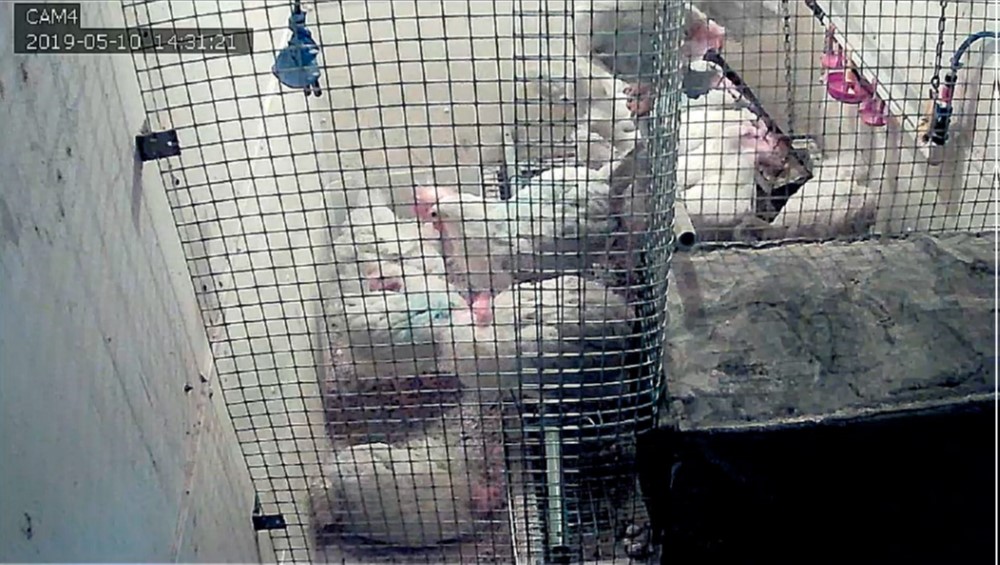Publications

- Date de publication : 2022-04-13
Référence
Gonzalez-Mora, A. F., Rousseau, A. N., Larios, A. D.,Godbout, S., & Fournel, S. (2022). Assessing environmental control strategies in cage-free aviary housing systems: Egg production analysis and Random Forest modeling. Computers and Electronics in Agriculture 196. doi.org/10.1016/j.compag.2022.106854.
Documents
Mot(s) Clé(s)
Volaille Bien-être Environnement
Résumé
Since 1990, worldwide egg production has increased on average 2.8% per year. This increase has drawn the attention of animal welfare advocates. In Canada, new challenges have emerged, among them: increased awareness in animal welfare and environmental footprint and a shift to cage-free egg production systems (CFSs). Welfare assessment of environmental control strategies (ECSs), and deployment of early warning egg production systems based on on-line monitoring, have become an important field of research to understand interactions and mitigate environmental issues related to these CFSs. This study assessed the effect of selected ECSs on hen-day egg production (HDEP) and daily egg cleanliness (EGC) in experimental CFSs, using Principal Component Analysis and Linear Discriminant Analysis. The assumption that air quality conditions could play an important role in HDEP predictions was addressed by developing a machine learning method based on Random Forest models (RF) to predict HDEP daily fluctuations using measured hygrothermal and air quality conditions as input variables. A variable importance analysis further confirmed the governing variables of the egg production time series. Following that, an inquiry-driven scenario analysis was performed to identify potential changes in egg production. Results showed that the ECSs did not disrupt the egg production in the experimental CFSs. Meanwhile, A RF model with a window size of 14 days showed satisfactory performance predicting HDEP daily fluctuations with a RMSE of 0.176% and 0.368%, and a R2 of 0.94 and 0.78, for training and testing, respectively. The temperature was the dominant governing variable among the predictors, followed by hen’s age and relative humidity. Finally, the scenario analysis revealed that a 5% temperature's increase could negatively affect the egg yield. The outcomes of this study aim to contribute to the on-line monitoring and control activities in laying hen facilities as an important aspect in Precision Livestock Farming.




